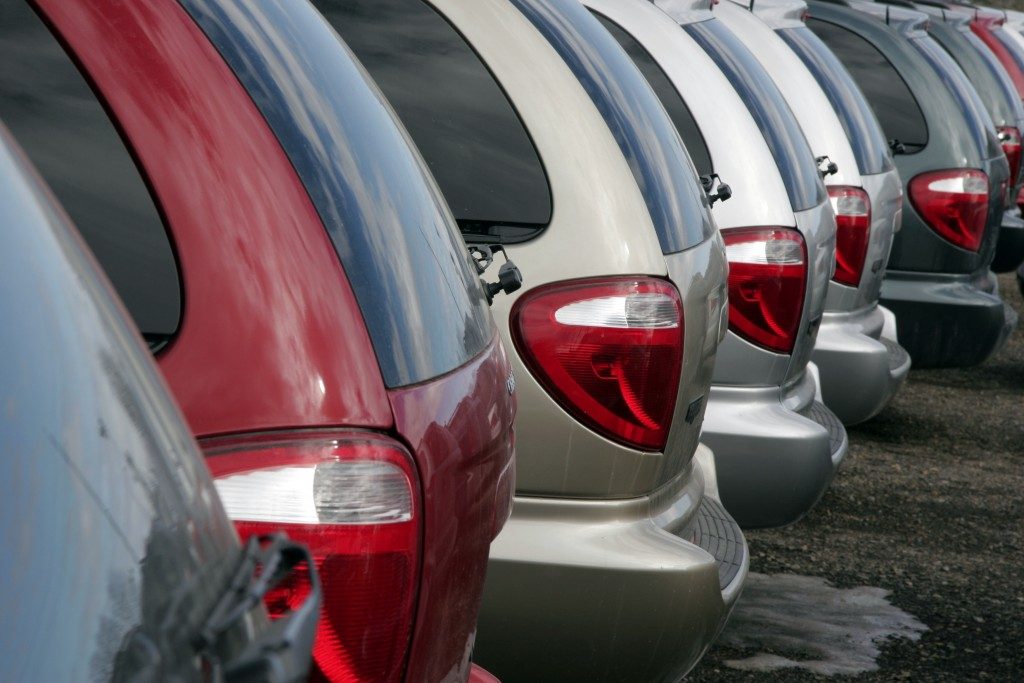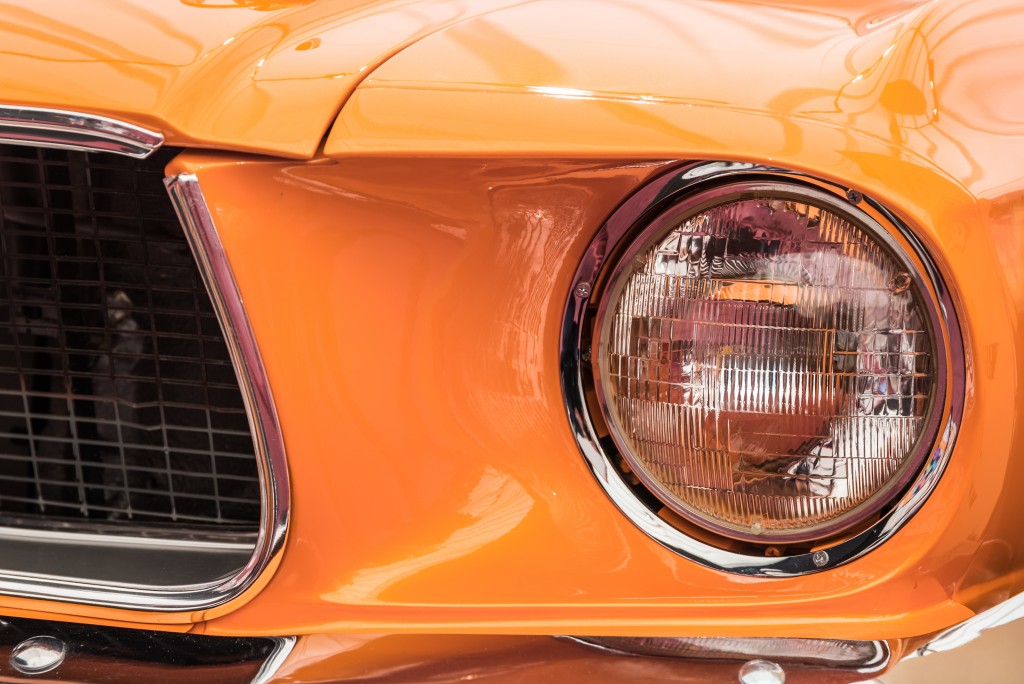Recently, the Department of Transportation Motor Vehicle Administration mandated that a person must be able to identify the lighting system of a vehicle to pass his or her driving test. In addition to this, they also required drivers to familiarize themselves when and how to use these lights.
Often, lighting systems are used for signaling other drivers on the road. Just like how a police siren or a tow truck light bar works, a car’s light system can be used to send a message to fellow drivers.
Headlights
The headlights are located in front of your vehicle. These lights are used to let other drivers be aware of your presence. In general, they are divided into two types, both of which serve a distinct purpose.
One is called a low beam. This type of light provides an adequate amount of lateral illumination, which is perfect for increasing your visibility without blinding other road users with excessive glare.
The other type of headlight is called high beam. Unlike low beams, this provides strong illumination with complete disregard for glare intensity. As a result, it is highly inadvisable to use this when there are cars in front of you.
Taillights

A car’s taillights, as the name suggests, are located at the rear of the vehicle. These lights are wired to automatically turn on when the headlights are on. However, they are only able to generate a subtle red light.
Nevertheless, taillights play an important role in signaling drivers behind you. This helps them recognize your presence and measure the distance between your vehicle and theirs.
Signal Lights
Signal lights, which are relatively known as blinkers, are located at the front and rear of your car. These are strategically placed beside the head and taillights. In general, signal lights are an important type of vehicle light.
While a lot of people neglect using them, they are actually crucial in signaling drivers when you are about to slow down to make a turn. In addition to that, it also indicates the direction you are going to turn to, so other drivers can make way for you.
Hazard
Hazard lights, also called flashers, are located at the rear of your vehicle. This type of light serves as a warning system for drivers. When the hazard light is on, it usually indicates that the driver of the vehicle is experiencing problems.
It is also used in warning and distress signaling pertaining to emergencies and traffic problems. Your flashers should never be used as an excuse to illegally park or make a temporary stop for non-emergency reasons.
Brake Lights
Brake lights are rear lights that signal other drivers that you are slowing down or making a stop. These lights are automatically activated when you step on the car’s brakes. Hence, you will not have to worry about turning them on, unlike signal lights.
In some ways, vehicle lighting systems serve as the universal language for all drivers. It is important that we respect the use of these signals and only use them for the purpose that they serve. When used properly, these lighting systems can help reduce the chances of accidents on the road.

